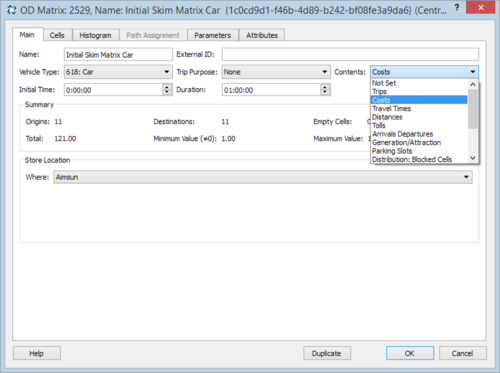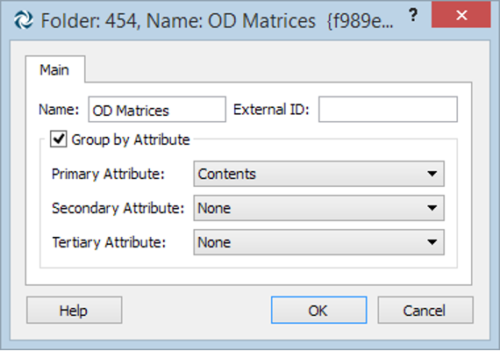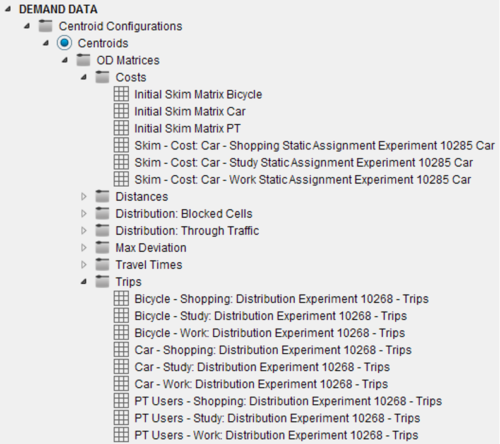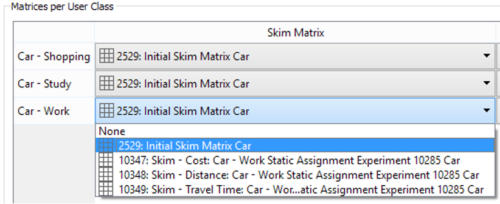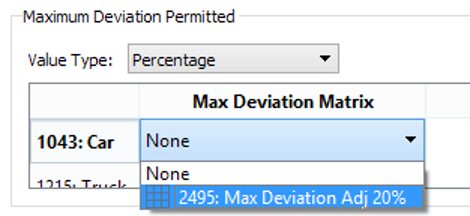
Cómo definir diferentes costes por propósito de viaje en los modelos estáticos
Enero de 2021: En la Nota Técnica nº 53, dimos algunos consejos sobre cómo modificar el coste de la asignación estática en función del tipo de vehículo. En el consejo profesional de este mes, Marga Delgado explica cómo hacerlo por propósito de viaje.

